Rock climbing is a magnificent and relatively new sport that offers countless benefits for both body and mind.
In this article, we'll share tips on how to create a comprehensive fitness routine by integrating climbing with other exercises.
.
.
Why is climbing beneficial?
Climbing is a comprehensive discipline that engages most muscle groups, making it an excellent method for toning and strengthening the body. That's why many people are beginning to explore this wonderful sport.
The perfect blend of muscular endurance, technique, and adrenaline becomes your greatest ally in getting fit. Climbing not only reveals your limits but teaches you how to surpass them, boosting your sense of strength and capability. It enhances balance and overall muscle strength, including forearms, back, legs, abdomen, and biceps. Climbing is also effective for fat burning, with an hour-long session potentially burning between 1,000 and 1,500 calories.
Moreover, core muscles such as abdominals and lower back reach peak performance during climbing. Ultimately, climbing offers a challenging and rewarding experience that enhances your physical and mental well-being in every aspect.
.
.
How to train effectively at home
Due to COVID-19, home climbing routines and exercises saw a significant rise. To train effectively at home, focus on refining your technique by studying videos of professionals and emulating their movements on a crash pad to ensure comprehension. Additionally, incorporate aerobic workouts and strength exercises into your routine, but always avoid overdoing them for optimal results.
Moreover, the mental aspect of climbing is crucial. Enhance your mental state through meditation, which offers numerous benefits and can be practiced at any time of day.
Now that we've moved past the COVID-19 crisis, we have compiled a list of the top 10 best rock climbing destinations worldwide in our blog.
.
.
Optimizing your climbing routine
For a complete routine that complements climbing and helps you improve in this sport, you can incorporate the following exercises:
.
Maximum weight suspensions on the "Heroes' Hangboard":
Maximum weight suspensions on the "Heroes' Hangboard" aim to boost your maximum strength by targeting crucial forearm muscles essential for finger flexion. Perform intense but brief suspensions after a thorough warm-up, using holds between 14mm and 20mm. Increase the challenge by adding weight with a harness or vest and track your progress with a timer.
.
Long-duration hangs on the Endurance Hangboard
For long-duration suspensions on the "Endurance Hangboard," focus on enhancing your stamina for extended climbs. Experiment with various hold sizes to find ones where you can hang for at least 30 seconds.
Use a timer to monitor your durations and gradually push yourself to increase your fatigue tolerance threshold.
.
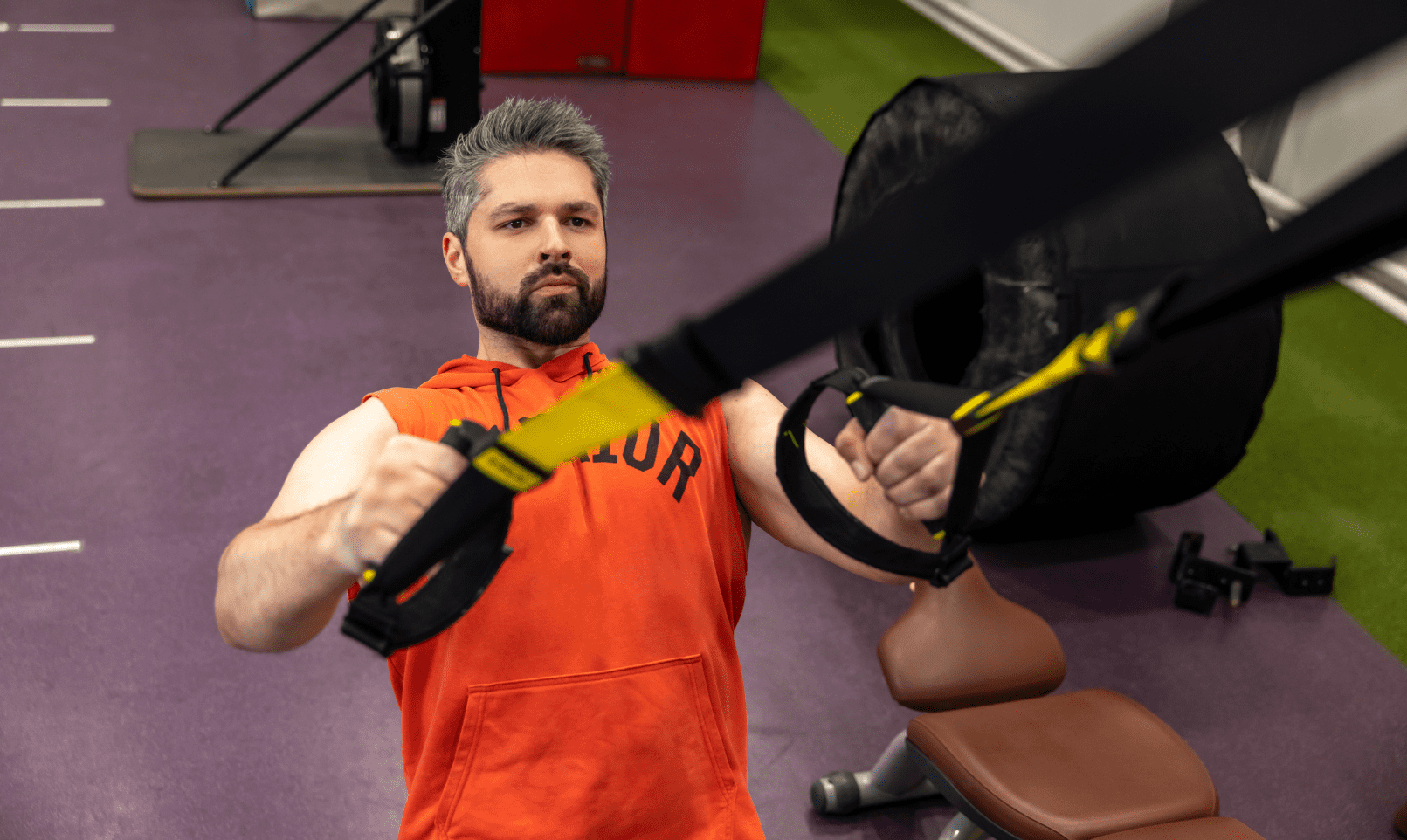
.
Limit Boulder Problems
Select 3 to 10 challenging boulder problems that will help you improve your maximum strength and technique in specific movements. These problems should be both challenging and stimulating for your climbing progression.
To assist you during your training, we bring you an essential routine:
1. Choose 3 boulder problems that are at your maximum level, preferably short and on overhangs.
2. Make a first attempt on each problem, exerting a good effort. This will count as the first repetition.
3. Remember to rest for 2-3 minutes after each attempt.
4. Repeat each problem again, completing a second repetition.
5. After the second repetition, rest again for 2-3 minutes, then perform a third repetition on each problem.
6. Once you have completed three repetitions on each problem, rest again for 2-3 minutes.
7. Move on to the next problem and repeat the process, completing three repetitions.
8. Follow the same procedure with the third selected problem.
9. In one session, you can gradually progress by completing between 3 and 10 boulder problems using this method.
.
Dynamic doubles on the "Aerial Campus Board"
This exercise is excellent for enhancing explosive strength and contact on the rock. Reserved for advanced climbers, it heavily targets the shoulder area and allows you to improve your ability to perform dynamic movements with precision. Choose the larger rungs on the campus board for this challenge.
.
Windshield wipers abs
This spectacular exercise will strengthen your core, especially the oblique muscles, crucial for stability during climbing. You will need a bar or a hangboard with large grips to perform this exercise effectively.
.
.
Swimming, compatible with climbing?
Swimming and climbing, although seemingly opposite activities in environment and physical requirements, surprisingly complement each other significantly.
Swimming, with its focus on cardiovascular endurance and muscular strength, offers a range of benefits that can enhance climbers' performance and overall health.
Swimming is an excellent form of low-impact cardiovascular exercise. Unlike running or other terrestrial activities that can strain joints, swimming is gentle on the body, allowing climbers to maintain cardiovascular endurance without increasing the risk of overuse injuries. This characteristic benefits climbers, as many climbing issues involve repetitive movements that can stress joints.
Furthermore, swimming engages many muscle groups in the body, including those in the shoulders, arms, back, and core, which are crucial for climbing. The strength and endurance developed in the pool directly transfer to rock or climbing walls.
Another key benefit of swimming for climbers is its ability to improve lung capacity and respiratory efficiency. Swimming requires constant breath control, which can translate to better breath management during long climbs.
In addition to these direct physical benefits, swimming can also serve as effective active recovery for climbers. Gentle swimming after an intense climbing session can help alleviate muscle soreness and speed up recovery by increasing blood flow and reducing inflammation in fatigued muscles.
The various ways the swimming and climbing complement each other make them ideal to incorporate together in your routine to improve performance and overall health.
.
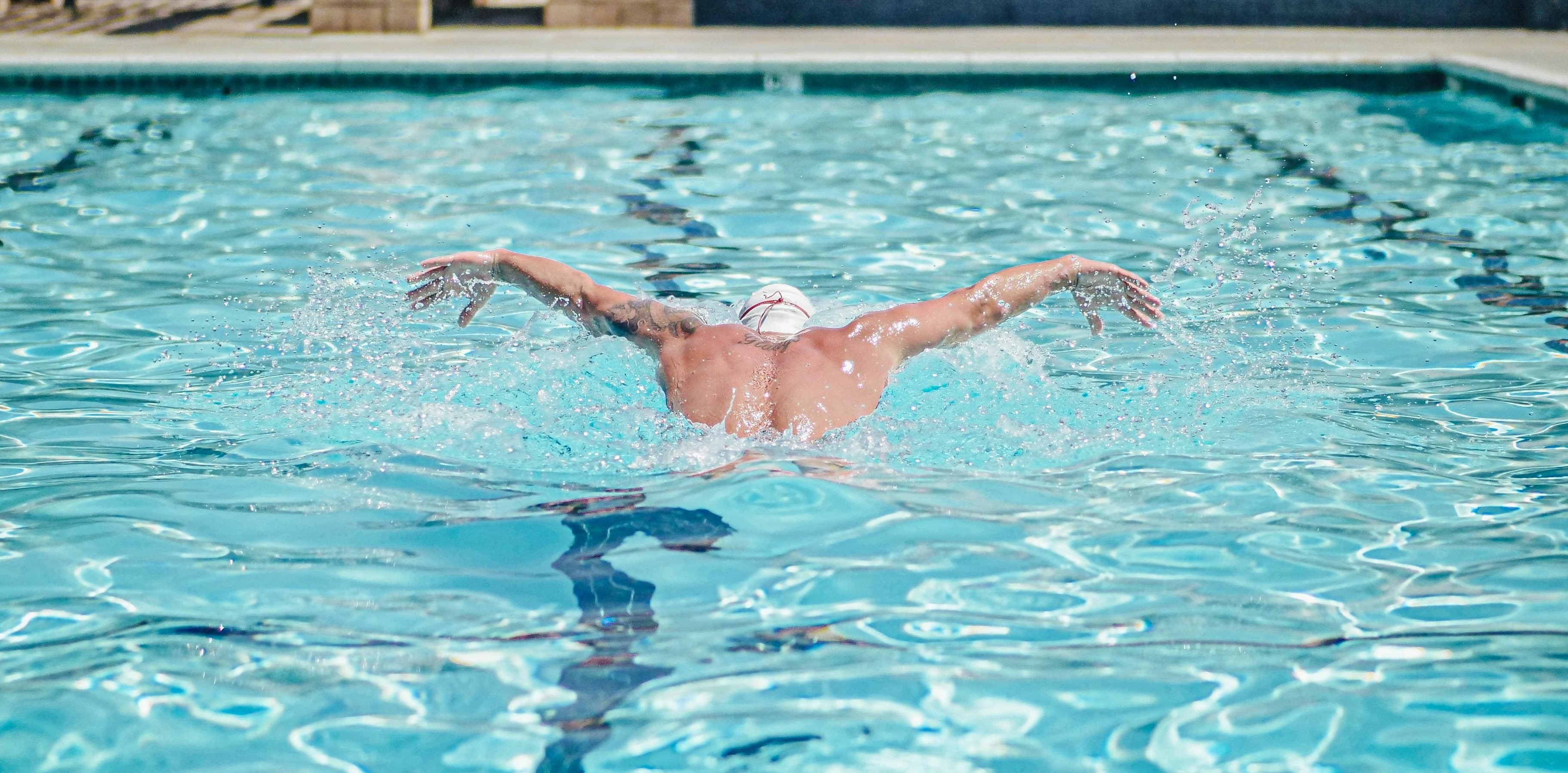
.
Incorporating these exercises into your training routine will help enhance your climbing skills and achieve new levels of strength and endurance in this exciting sport. Remember to always warm up properly and progress gradually to prevent injuries and achieve the best results.
.
Don't forget to include regular swimming practice in your physical training, as this activity improves your overall fitness and reduces the likelihood of injuries during other sports and physical activities.
.
Find everything you need at our climbing store.
- today
- perm_identity Kenia Outdoor
- label Escalada
- favorite 5 likes
- remove_red_eye 3969 views
- comment 0 comments


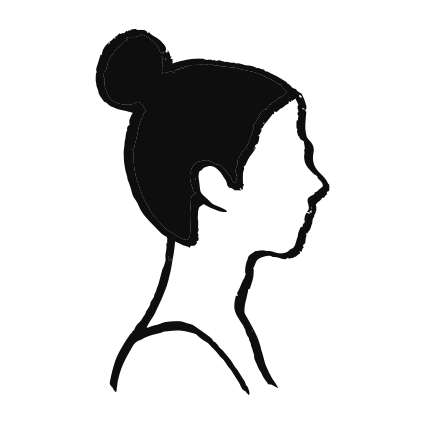





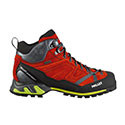
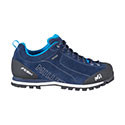
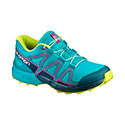
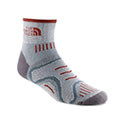
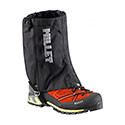
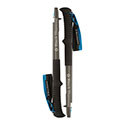
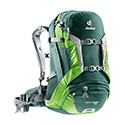
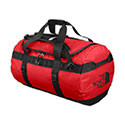
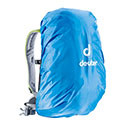
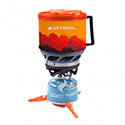
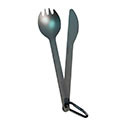
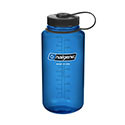
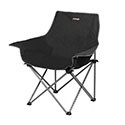

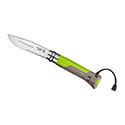
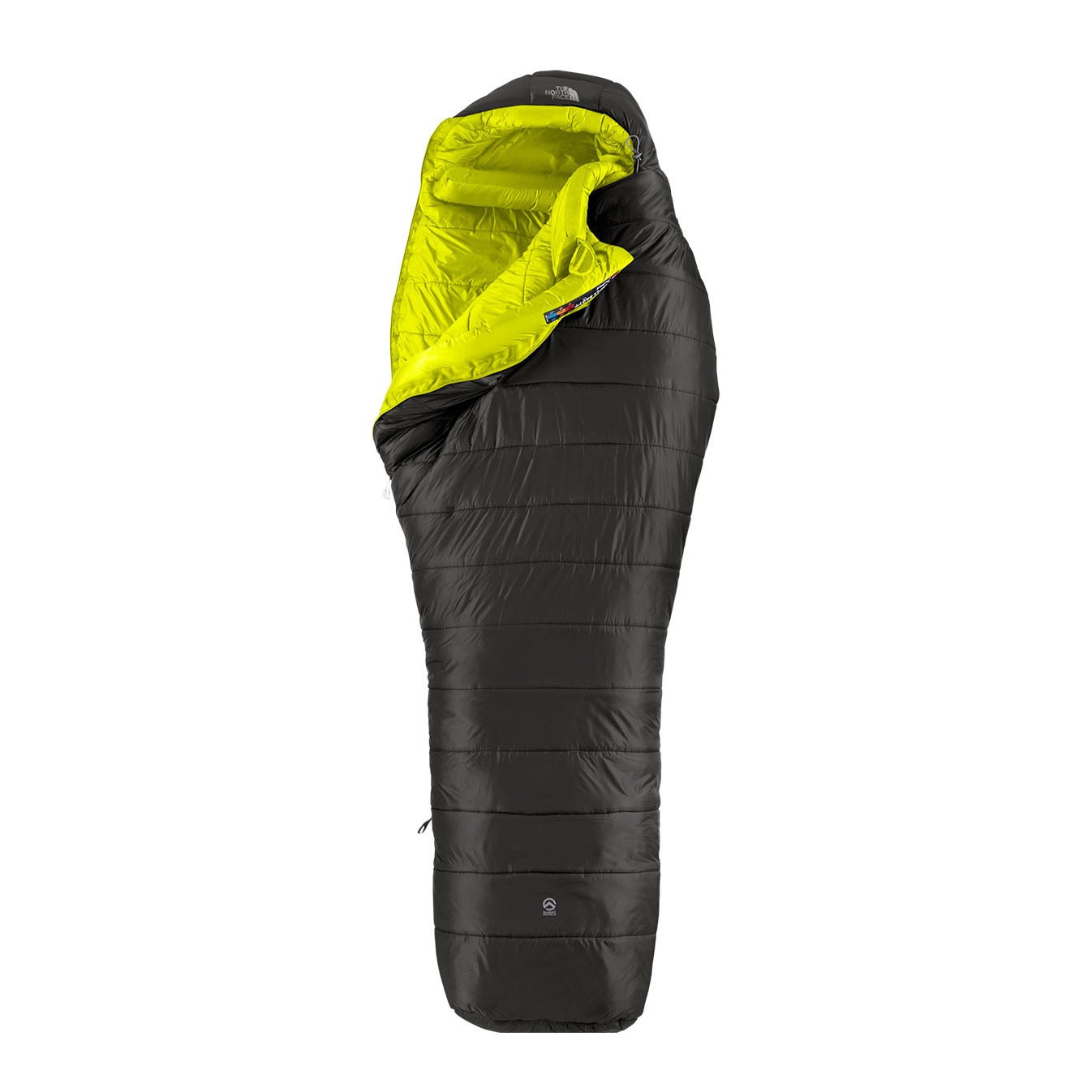
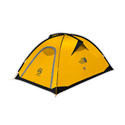
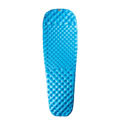
.jpeg)

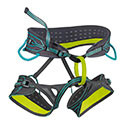


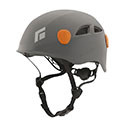
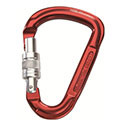
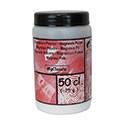
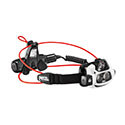
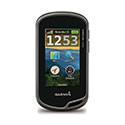

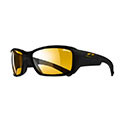
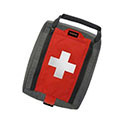

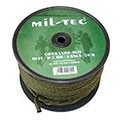


Comments (0)